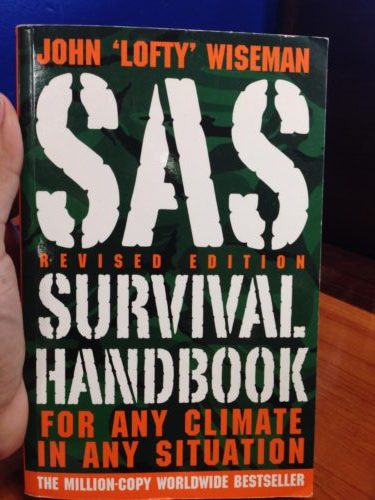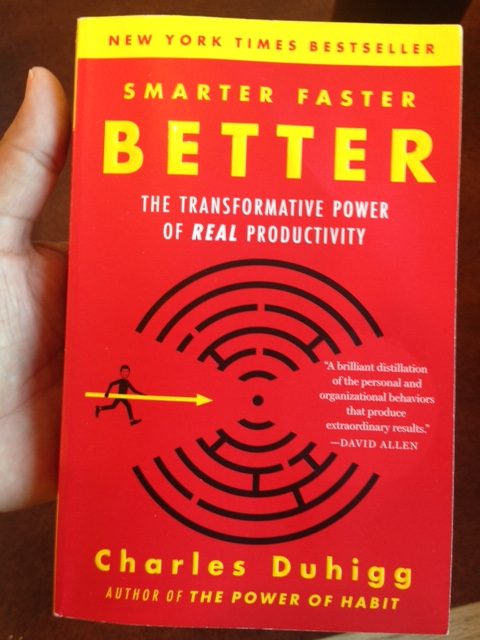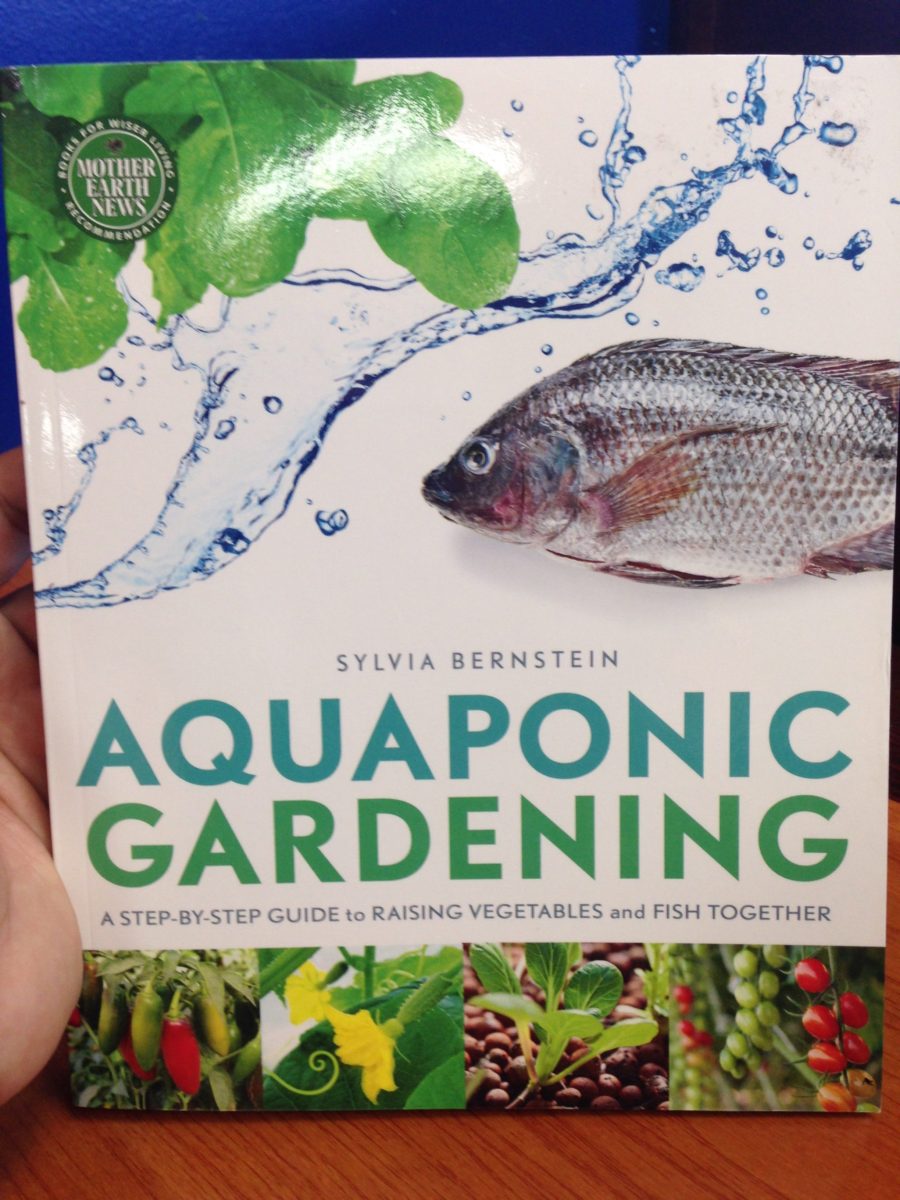The Big Idea: if you head out to the wilderness, tell someone exactly where you are going. Take a wilderness survival course to learn how to survive for a few days until you are found.
- The average person requires 0.5 liters of water a day.
- Three fires are an internationally recognized distress signal. SOS is also widely recognized.
- Carry matches and learn how to build a fire.
- Learn how to forage for edible plants and mushrooms and how to avoid poisonous ones.
- Learn how to identify and use a few key medicinal plants.
- Take a wilderness survival class and a wilderness first aid class.


